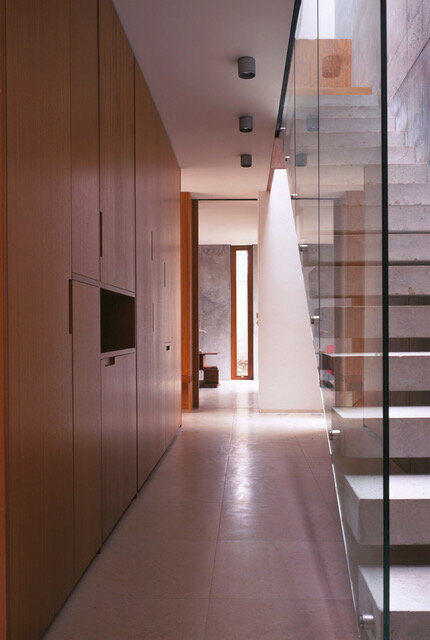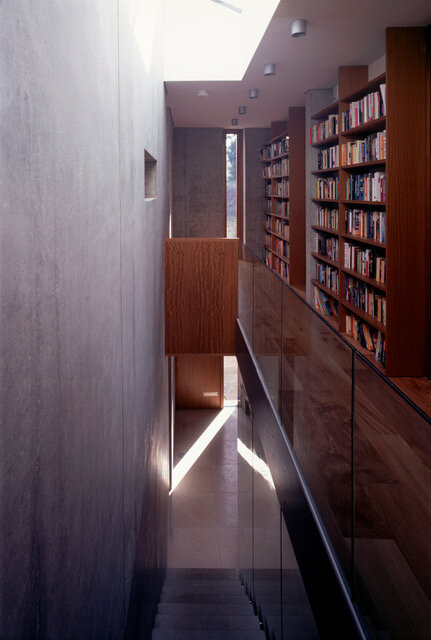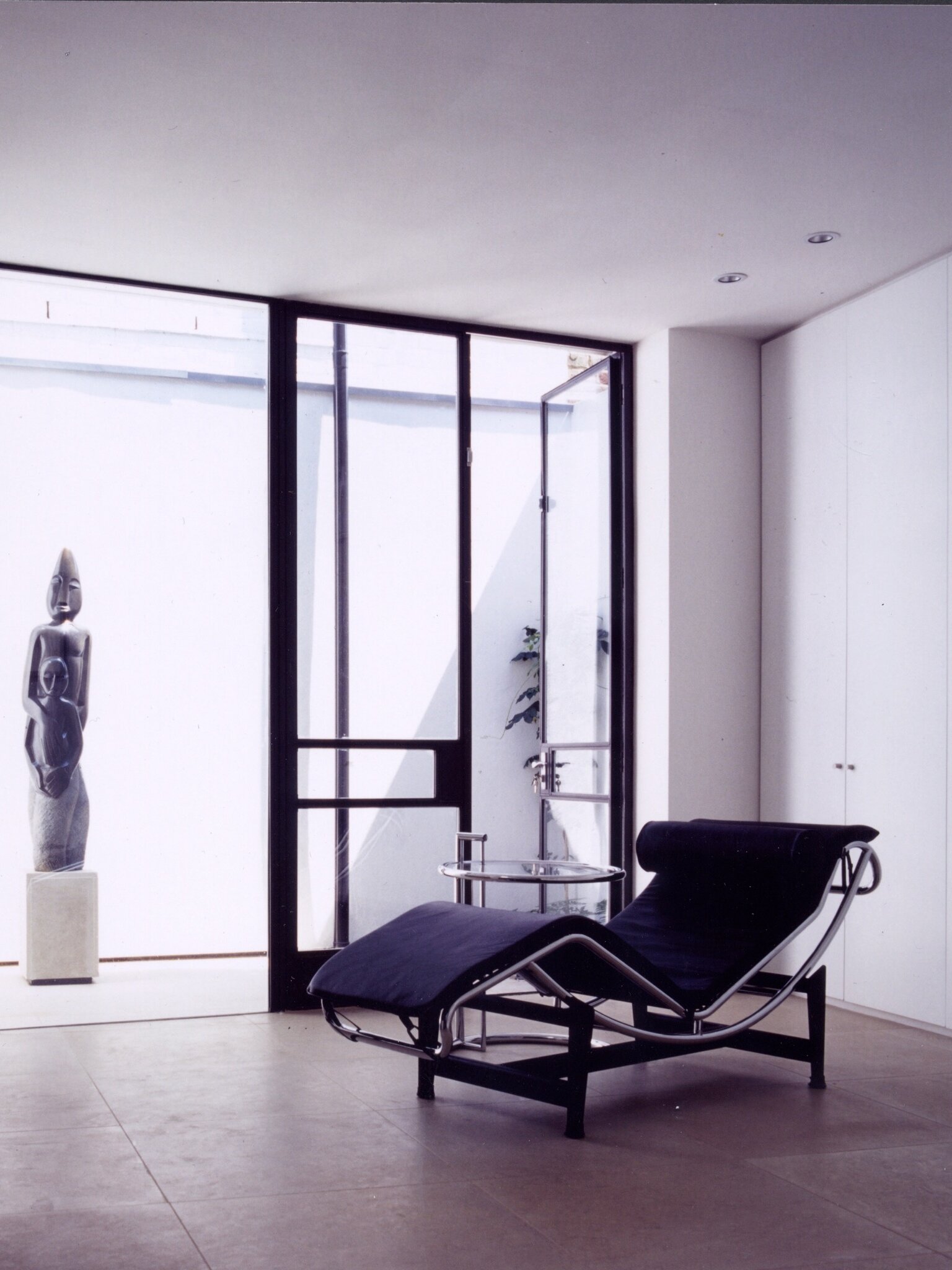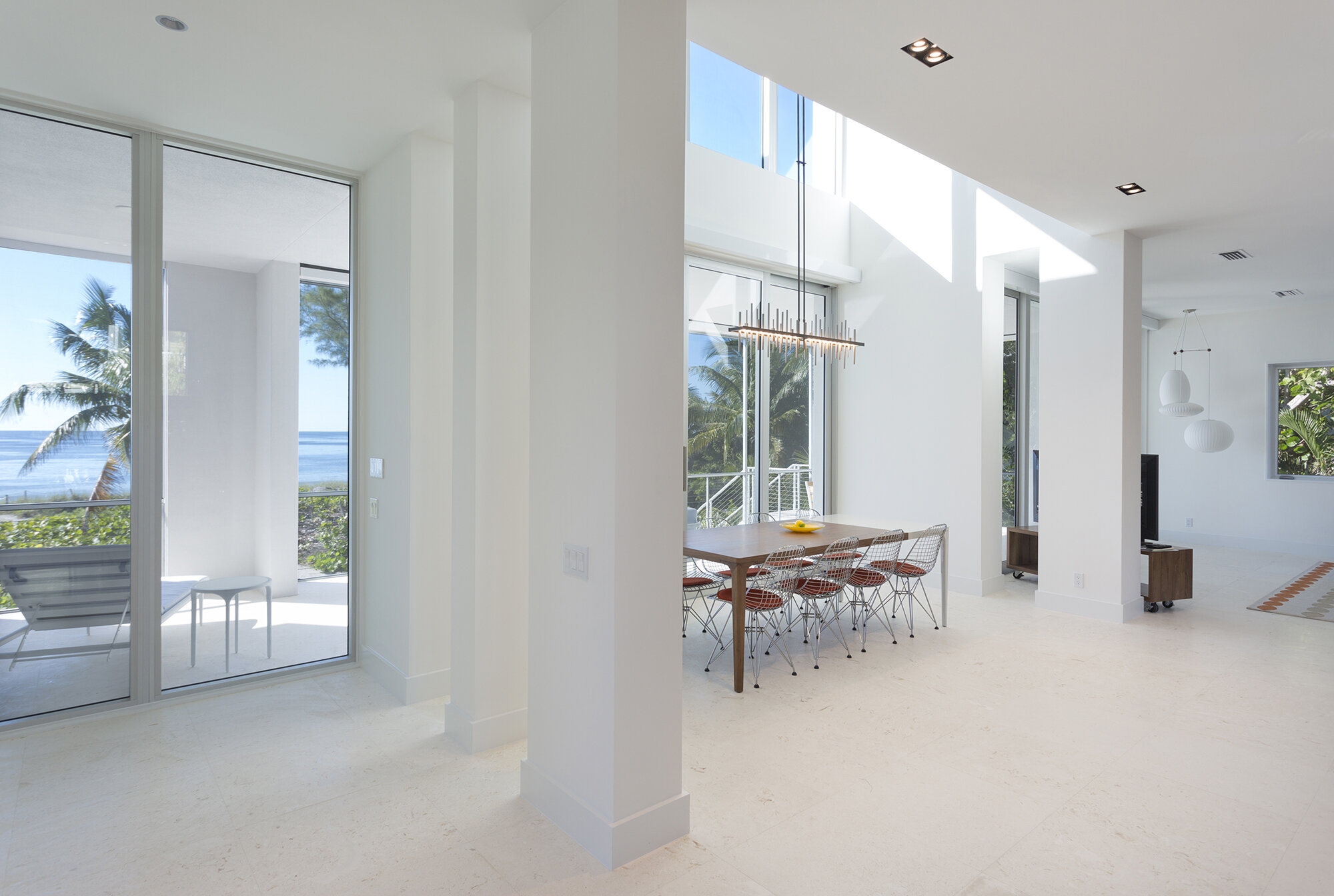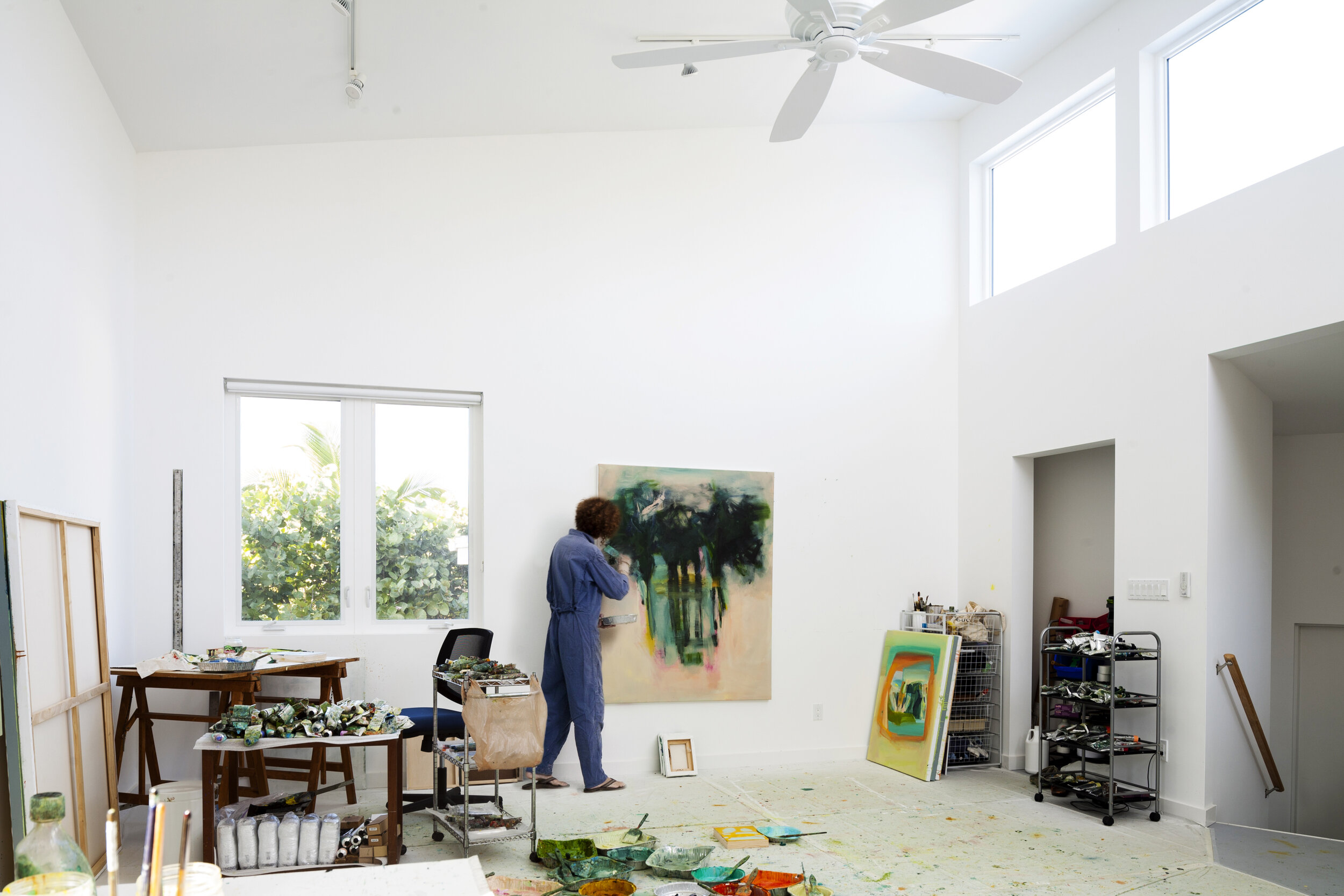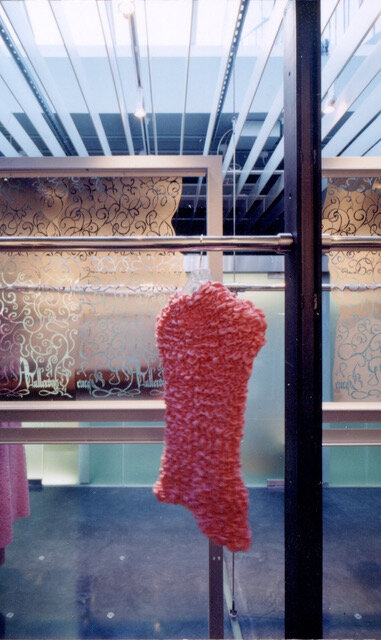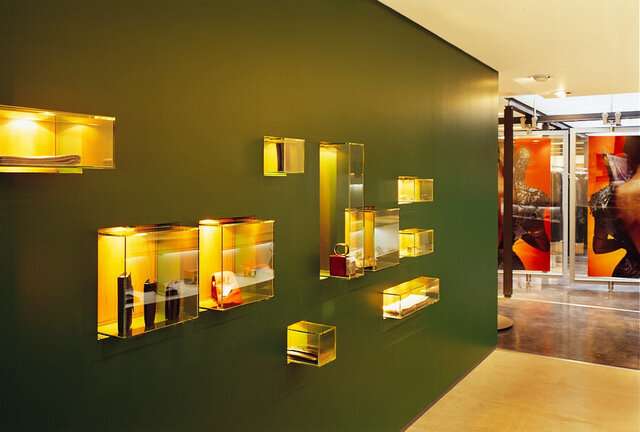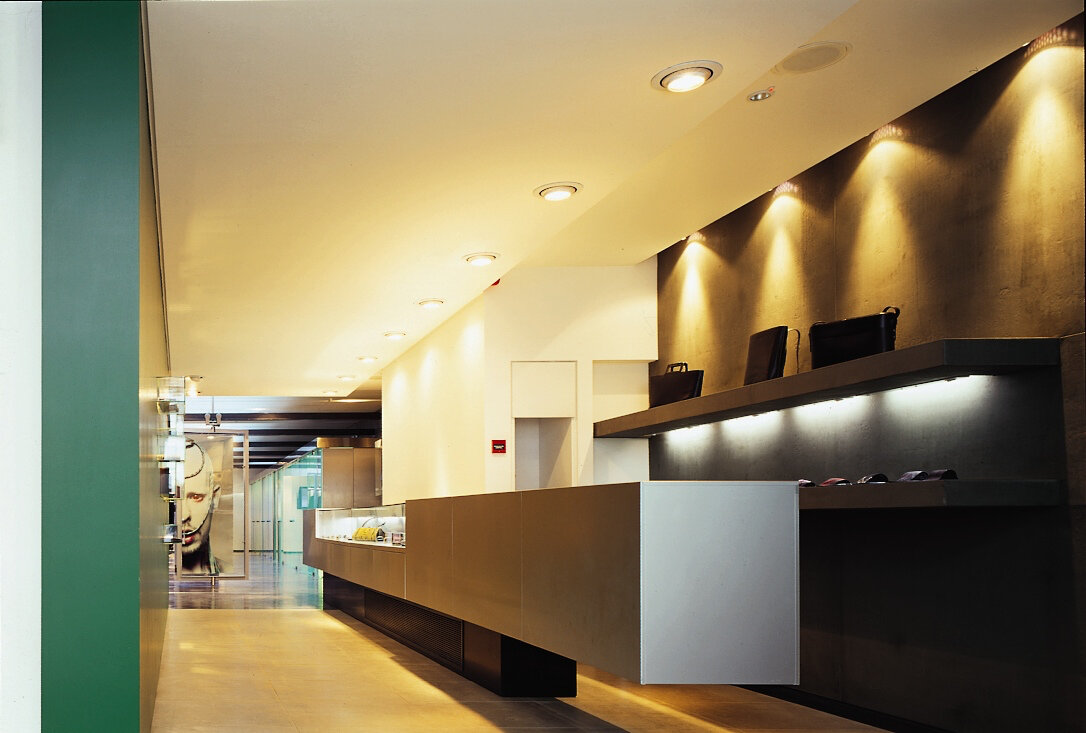A Good Architectural Designer will Help you See the Light
“By day the house you built for us changes with the sunlight and the clouds, the spaces lighting up or withdrawing into quietness. The light feels like a part of the architecture as it slices across walls or fills the space.
By night the house is completely different, transformed, glowing, the spaces flowing into one another without the light ever being obtrusive or drawing attention to itself.
The lighting enables the house to speak a different language, one of warmth and protection as well as possibility.”
So wrote Geraldine Bedell, novelist and client of the award-winning home designed for her by my architecture practice.
Designed correctly, light has a profound positive effect on building and occupant and a strong influence on mood, morale, behavior and even productivity. More than just illumination, it generates drama, creates balance and focuses interest.
Sure, anyone can add more light to brighten a space. At the business, just throw a few fluorescent lights in the ceiling grid. At home, scatter a few can lights across the ceiling, one in each corner. Easy, yes. But these easy solutions miss out on the impact, quality, and benefits great lighting can add to those spaces.
As an architect, I can use light as an element to design and define space, and to shape the experience people have in that space. This involves careful consideration and planning of the placement, size, and style of windows, and added artificial light sources.
Successful lighting is directed and considered
It’s worth the effort to understand a few basic principles of light and the effect it can have on the built environment.
Natural Light
Obviously, increasing daylight involves positioning glass openings to take advantage of the sun. Daylight reduces dependence on artificial light, though remember, in a sunny climate, it requires restraint.
Getting the maximum impact of natural light is influenced by the orientation of a building and exterior features — natural and man-made — that block or reflect sunlight.
North light has long been exploited for its subtlety being soft and consistent. Lots of glass on a building’s north side allows a space to glow without heat gain. Depending on the season, southern exposures provide direct sunlight for much of the day.
East-facing glass openings welcome the morning sun, while western windows frame beautiful sunsets but also let in the hottest sun of the day. In cool climates and winter weather, a sunny western or southern exposure can bring welcome warmth, but in summer months these inevitably require shade protection, especially in tropical environments like Florida.
Skylights are rarely used to their potential. Locating a skylight adjacent to a wall is far more dramatic than one located in the center of a room. In this way, light no longer drops straight down to a spot on the floor; instead the light cascades across the wall constantly forming organic patterns as the sky changes.
Clerestory windows, typically a row of windows running along the wall above eye-level or close to the ceiling, can fill a space with natural indirect light making even small rooms feel more open.
Artificial Light
Artificial light can be designed with similar intent. For example, recessed cans shine only on the floor. Instead, bouncing the light — directing it onto surfaces, walls, counters, desks, and ceilings — is remarkably more effective for producing comfortable and relaxing lighting.
By locating cans (or down lights) near the wall, the reflected light will make a space brighter and less taxing on your eyes. It no longer shines directly on your head or the floor and that exhausting glare disappears.
Ever looked in a mirror that is lit indirectly? There are no shadows — which does wonders for your age and attitude. That’s the trick. Make light indirect. It is more comfortable and less stressful.
By the way, progress in LED light development is revolutionizing the lighting world. But not all LEDs are the same. Like most things in life, inexpensive does not equal quality. Most LED light bulbs and light fixtures sold to the general public are poor in color quality and sure not to last as long as the box claims. A good lighting store will direct you to lamps and fixtures with the latest technology and those built to last, provided you ask nicely.
General lighting, or ambient light, should be low and appropriate for the space: Do you need reading light levels in a corridor or the parking lot?
Bright overall light isn’t necessary, but it is critical to have it right where you need it — on the kitchen counter, next to the reading chair, on the desk or right above the dining table.
Task lights, pendants, wall sconces, colorful bulbs, and lamps, as well as landscape and architectural lighting, can create impact that stops onlookers in their tracks.
Many who design buildings don’t consider lighting a priority, but a talented architect or designer understands how incorporating lighting at the start can change a space from average to awe-inspiring.
Joyce Owens, FAIA RIBA
A previous version of this article appeared in Joyce Owens’ “Architect About Town” column in the Fort Myers News-Press.



